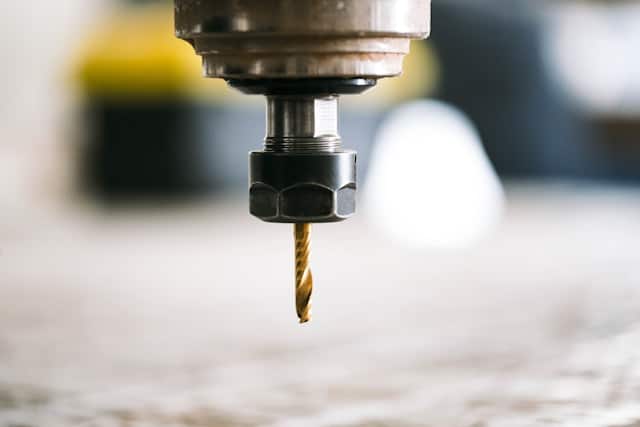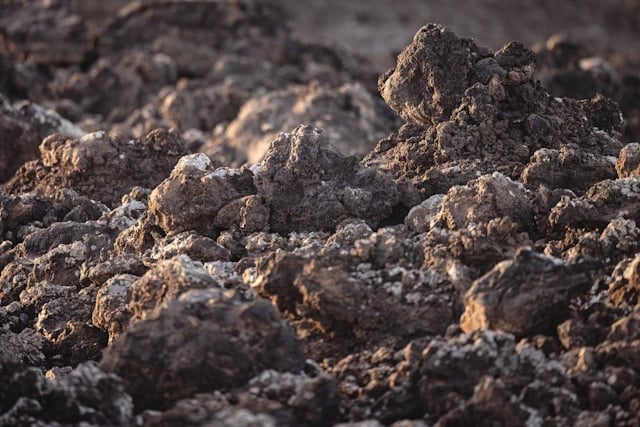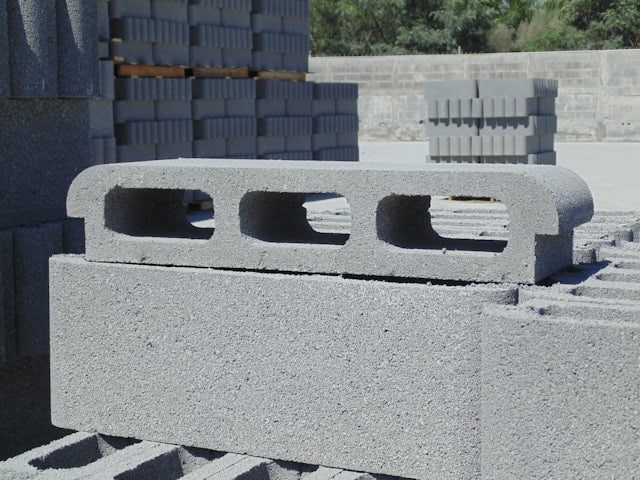Introduction
Florida’s beautiful coastlines depend on seawalls to protect waterfront properties from erosion and flooding. These barriers defend against wave action and storm surges—but even strong seawalls require maintenance. Small cracks and signs of erosion can lead to major failures if ignored. Fortunately, modern repair methods like polyurethane foam injection and Jet Filter drainage systems offer permanent solutions. This post explains how seawall erosion happens, what to watch for, and how to protect your property.
What Does a Seawall Do, and Why Is It Vital?
Seawalls serve as a buffer between your property and the water, absorbing wave energy and preventing soil loss. In Florida, where hurricanes and tides are common, they are essential. But seawalls aren’t invincible—over time, saltwater, storms, and poor drainage take a toll. Without maintenance, even minor damage can escalate.
The Domino Effect: How Seawall Soil Erosion Causes Seawall Voids and Failure
Soil erosion behind seawalls often starts small. Water seeps through cracks or joints, washing out soil and creating voids. These gaps weaken support for the wall, causing sections to shift or settle. That movement opens more cracks, accelerating the erosion. Over time, the seawall may bow, lean, or collapse entirely. The buildup of water pressure (hydrostatic pressure) is a major threat if it doesn’t have an outlet.
Warning Signs of Seawall Problems
Florida property owners should stay alert to early indicators of seawall issues:
- Cracks or spalling: Horizontal or vertical cracks, crumbling concrete, or peeling surfaces may signal internal damage.
- Leaning or bowing walls: Signs that soil has eroded and water pressure is building.
- Soil depressions or sinkholes: Voids behind the wall that cause ground settlement.
- Rust stains: Indicate corroded rebar or tie-backs.
- Pooling water or blocked drainage: Suggests poor water escape routes and possible soil loss.
Catching these signs early can mean the difference between a repair and a costly rebuild.
Seawall Repair vs. Replacement: Why Fixing Now Saves Money
In some cases, however, repair isn’t possible—such as when a seawall has fully collapsed or the materials are beyond salvaging. In those situations, full replacement is the only option. For new seawall construction, it’s essential to partner with a company that specializes in building from the ground up. Bay Dock is one such company, providing professional seawall construction for residential and commercial properties across Florida.
Soil Stabilization: Filling Voids and Permanently Stopping Seawall Soil Loss
One of the most effective repair methods is polyurethane foam injection. Technicians drill small holes behind the wall and inject high-density foam. The foam expands, filling voids and compacting the surrounding soil. It cures quickly, is water-resistant, and doesn’t degrade in saltwater environments. Compared to cement grout, foam is lighter, faster, and longer-lasting. It also seals cracks and can lift sunken sections of the wall.
Improving Seawall Drainage: Weep Holes and the Pressure Relief Valve System
Seawalls rely on drainage systems to relieve water pressure. Many older seawalls have clogged or missing weep holes. Modern solutions like Jet Filters act as maintainable one-way valves. They let water out while keeping soil in, reducing hydrostatic pressure. These filters are easy to clean and can be installed in existing seawalls. Combining foam injection with Jet Filters is the most effective way to stabilize your seawall and prevent future erosion.
Protecting and Preserving Your Seawall: Maintenance Tips
After repairing your seawall, routine maintenance is key:
- Inspect regularly: Check for cracks, voids, or drainage issues at least twice a year and after major storms.
- Keep weep holes clear: Don’t block them—ensure they’re functioning properly.
- Fix small problems early: Seal new cracks or fill small voids before they grow.
- Monitor structural elements: Keep an eye on the cap and anchors; repair or reinforce as needed.
- Manage landscaping: Avoid heavy irrigation or deep-rooted plants near the seawall, and direct downspouts away from it.
Conclusion
Understanding how seawalls fail and taking proactive steps to maintain them can save property owners thousands. Polyurethane injection and Jet Filter systems are proven methods to stop erosion and stabilize soil behind the wall.
Noticing voids or cracks in your seawall? Contact Helicon for a free inspection. We offer permanent solutions to protect your property from soil loss and seawall failure.





